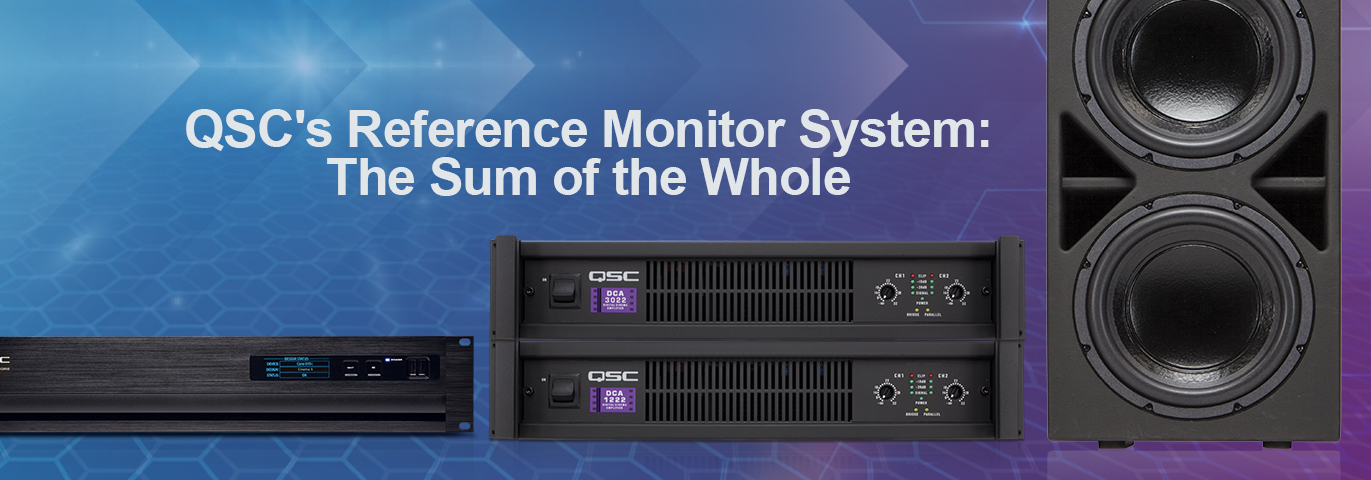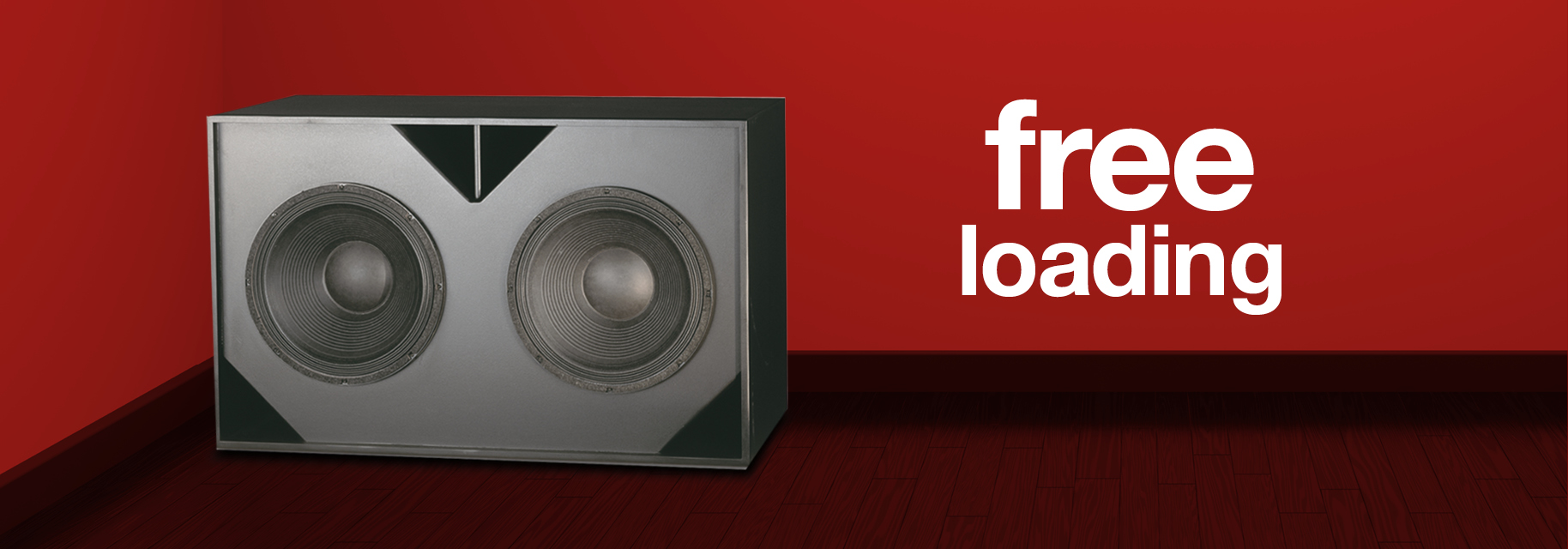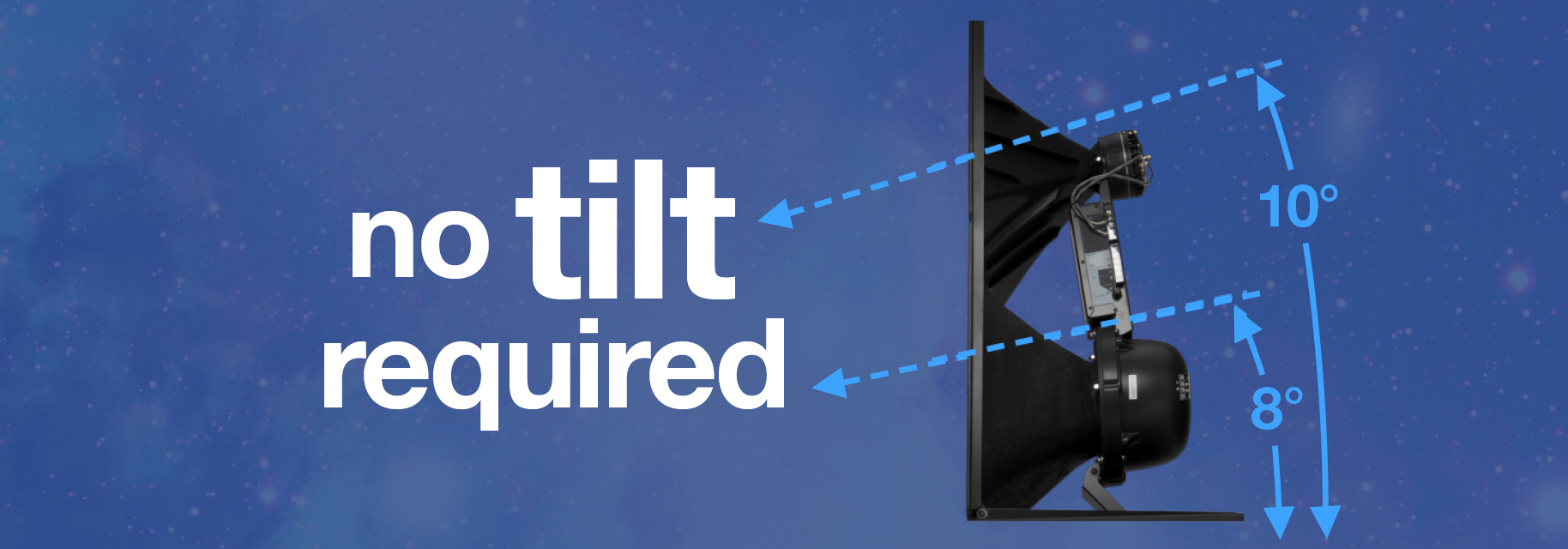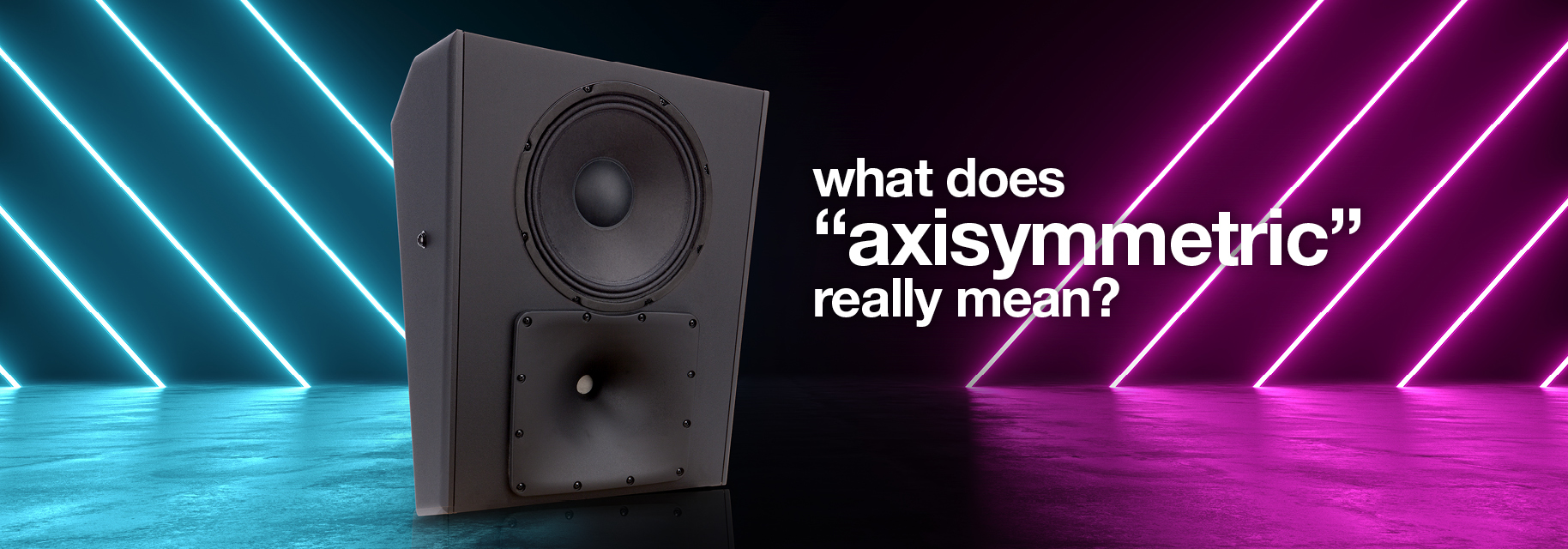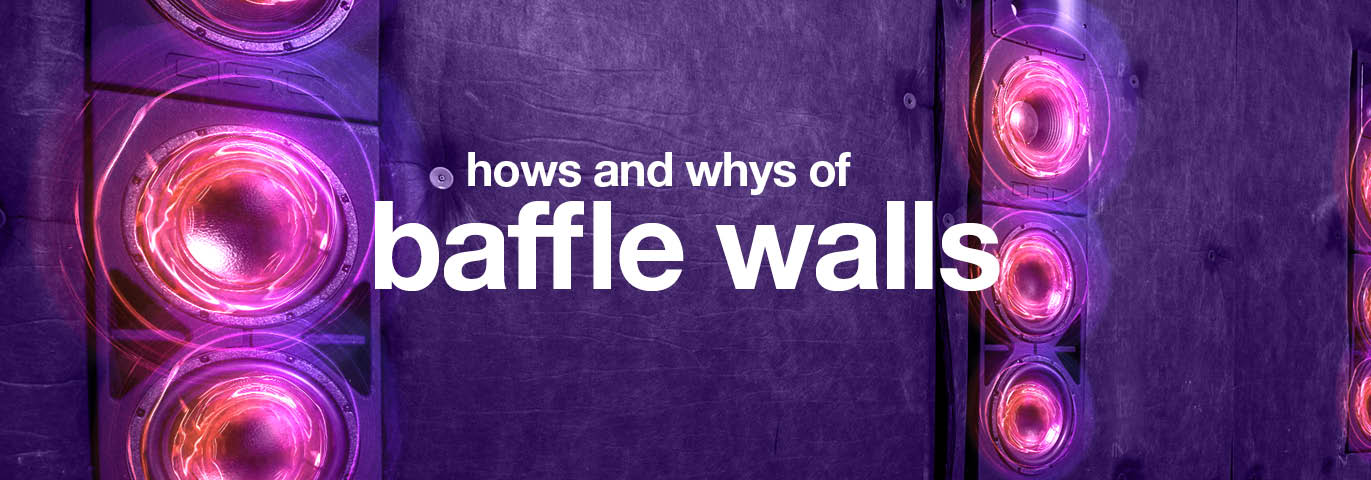
In some ways, sound waves are like light waves. They radiate into space, reflect off objects, and lose energy upon contact with absorptive surfaces, walls, and with distance from their source. Sound waves can be more challenging to control, primarily because we can’t see them. Low frequencies are especially difficult because their long wavelengths (up … Read More

